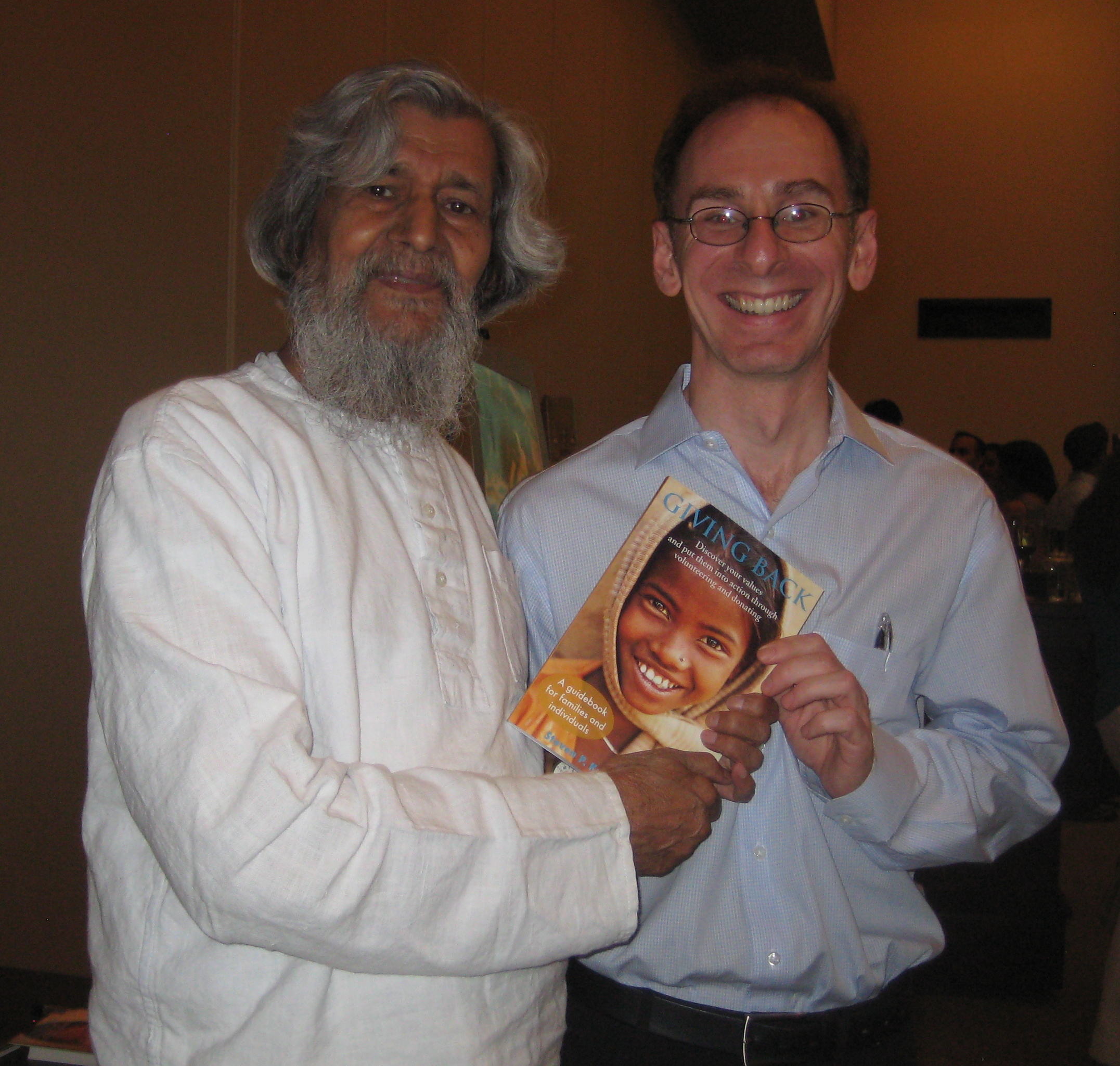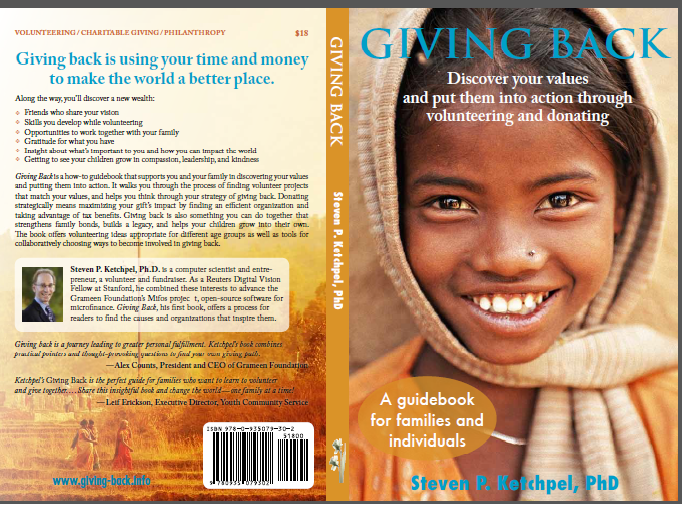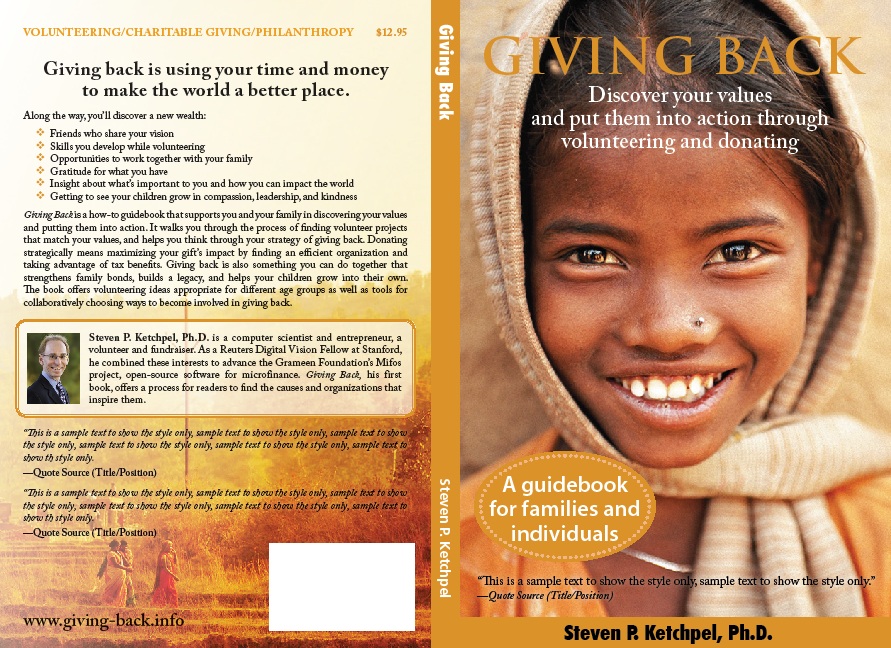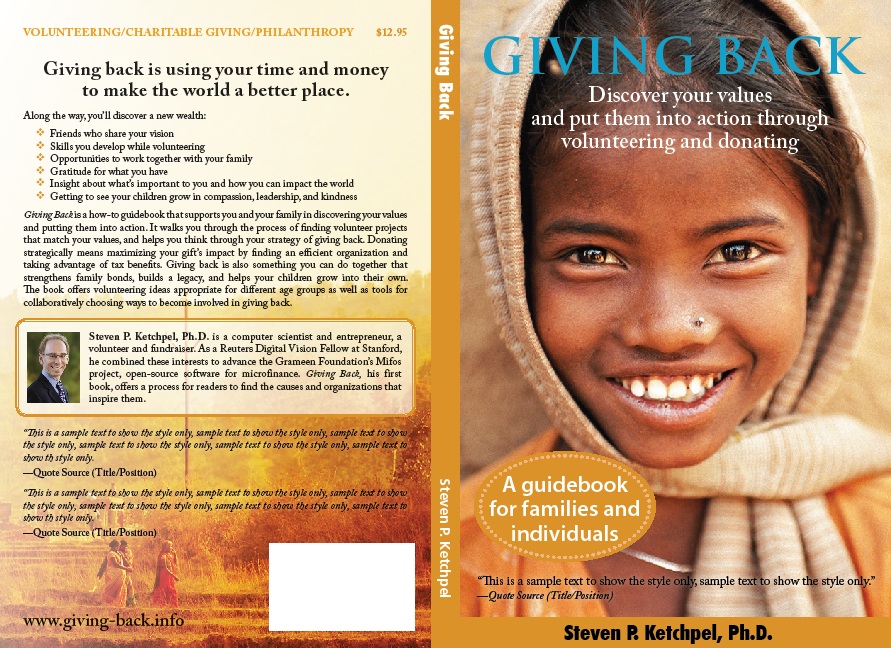Bottom Line: If you have kids under age 18, and you don’t have a will which establishes your chosen guardian for them, you should fix that right away. Beyond that, your bequests say a lot about your values. I found it liberating to think about the good that organizations could do with my assets when I no longer needed them.
I met a friend for lunch today….
and one of the topics that came up was estate planning. I went through the process myself a year or so ago, and have been helping out my parents with theirs. My lunch guest has two young children, so there’s an extra importance that she and her husband take the time to think about it and specify guardians for their kids.
I also recommended the book by Liza Hanks: A Mom’s Guide to Wills and Estate Planning, published by Nolo Press. Liza did my estate plan, and I thought she was fabulous: knowledgeable, friendly, competent. She helped guide me through the process of thinking about how I wanted to divide my estate and establishing the legal documents and entities to make it happen. She writes the Estate Planning Blog at Nolo.com.
In addition to the legal aspects of it, there’s the consideration of how such bequests are a part of your giving plan, the way you financially support organizations and causes you care about. In fact, I’ve included a section about that in my upcoming book, Giving Back.
Excerpt from Giving Back
Estate planning, legacy giving, or planned gifts are all more pleasant-sounding ways to talk about a topic that makes people uncomfortable: death, and what happens to your money after you die. Avoiding the topic doesn’t make it go away. If you don’t get around to putting your affairs in order in time, it makes the probate process more confusing and expensive for everyone (else) involved. Your first concern is establishing a guardian for your minor children, if needed. Drafting a will (and keeping it up-to-date) will ensure that, in the event of your death, the people you choose will have the legal authority to care for your minor children. Your will also determines how your assets are distributed after your death. Many people choose to devote some of their estate to the charitable causes they supported during their lifetimes.
The very word legacy calls to mind long-term, almost larger-than-life expectations. What’s your legacy? What enduring mark did you leave during your life on this planet? How will future generations remember you and your actions? Clearly, your descendants are the living part of your legacy. Their very existence is determined by the path you took through your life. Your professional achievements may be memorialized, especially creative endeavors such as a musical recording, a patent, a book, or a collection of photos. Perhaps you made a physical mark on your environment by constructing a new home or planting a garden or grove of trees. Another part of your legacy is the way you treated other people, their recollections of your relationship, and the efforts you made to improve their lives. That is, giving back can be an important part of your legacy.
Your will represents your final opportunity to influence the world. Rather than let the state decide what you would have wanted (if you die without a will), take the time to consider the legacy you’d like to leave, and work with a lawyer (if needed) to write it into a precise, legally binding document, a plan for the future beyond your lifetime. Providing for your family is probably the foremost consideration on your mind, and appropriately so. However, creating the full vision of your legacy may mean incorporating others, such as those organizations you feel are transforming the world into the fuller expression of what you envision for it. During your lifetime, you supported those organizations with your volunteer time and donations. After death, you can still provide financial support from a portion of the assets you accumulated over a lifetime.
There are three different approaches to thinking about a legacy gift.
- As a memorial gift
- As income replacement
- As a bold, strategic gift
The first approach, memorial giving, is simply to include the organization in your will. A token amount shows the organization was an important part in your life, an association you want to acknowledge even on the solemn occasion of your death. Perhaps you include favored organizations as a suggested recipient of memorial gifts.
A second approach to legacy giving is to think about income replacement for the organization. If you’ve been a significant donor over a period of years, will the absence of your gift cause them hardship? If you fear the answer might be yes, and you have the means to do so, you can establish an endowment-style gift that generates enough income on an annual basis to match what you gave each year during your life. The typical endowment payout policy is about 5 percent of its value (which assumes investment returns are slightly above that, to maintain the real, inflation-adjusted value of the principal). So you’d need to start with an amount that is twenty times what you’d like to give on an annual basis. For example, if you make a $1,000 gift each year to a local organization that teaches urban gardening, and wanted to sustain that gift “in perpetuity” after your death, making a $20,000 bequest would likely enable them to draw $1,000 worth of interest each year without running out of money. Of course, not every organization has the structure in place or the discipline to maintain that type of long-range planning. If you’re worried your wishes for an endowment-style gift will be beyond their capabilities, you may be able to find a community foundation that has more of the financial experience and structure in place to administer the gift over the long term. Donor-advised funds may also provide the service, though that may require a $100,000 or larger initial grant.
The third approach to legacy giving is to consider a bold, strategic gift. At the time the organization receives your bequest, you won’t need the money anymore. So, free from personal attachment, what would a larger gift enable the organization to do? Hire more staff? Start a new program? Remodel their facility to make it more suitable for the people they’re helping? Of course, it’s hard to project today what the organization’s priorities will be years from now when they receive the gift, but it’s still a useful thought exercise to consider the potential impact of different gifts. Don’t limit yourself to a single organization, but think about which one(s) would make the best use of your gift, or be most transformed by it.
As a final thought experiment, ask yourself the question “Why wait?” Being able to see your gift make a significant difference to a favorite organization is a powerful validation of your success. There are certainly reasons to save the assets you need for your family’s long-term well-being, but if there’s an opportunity that captures your imagination, think about whether it would be feasible to do both. Discuss it with your family to see if they share your enthusiasm. Sometimes a bold vision will radically change your priorities, as it did for the Salwen family, who tell their story of downsizing and giving half the proceeds of their house sale to the Hunger Project in The Power of Half (Salwen & Salwen, 2010).





